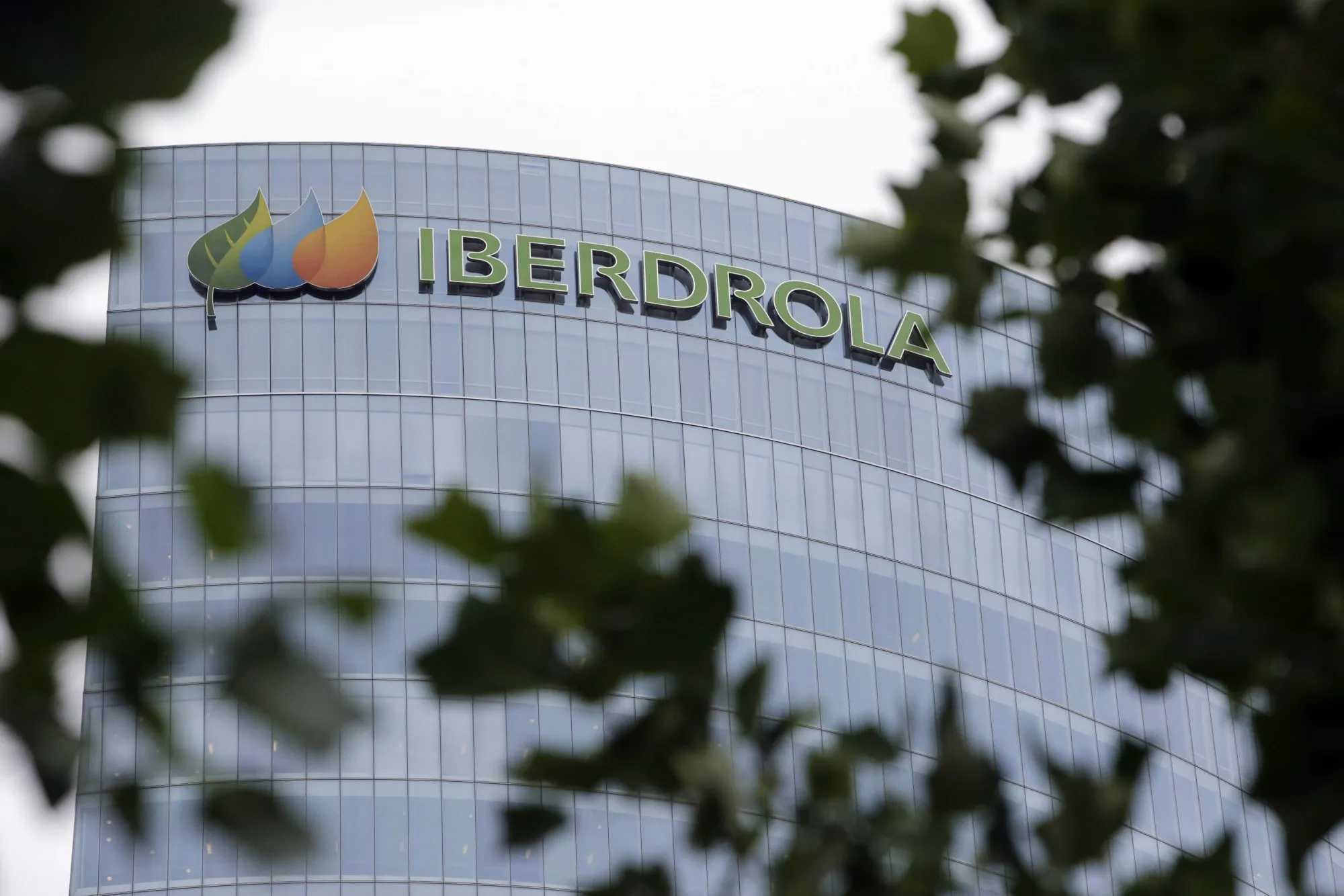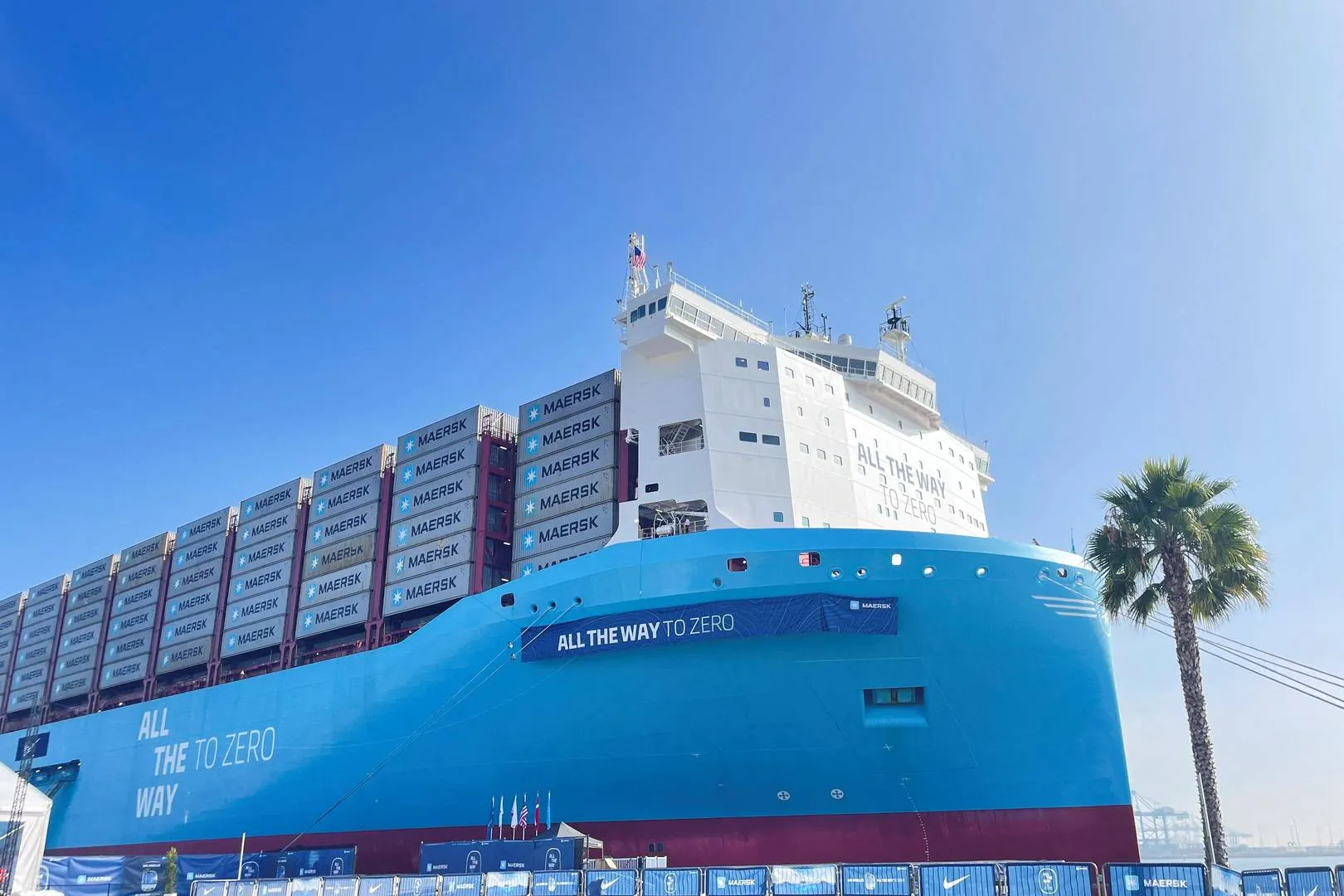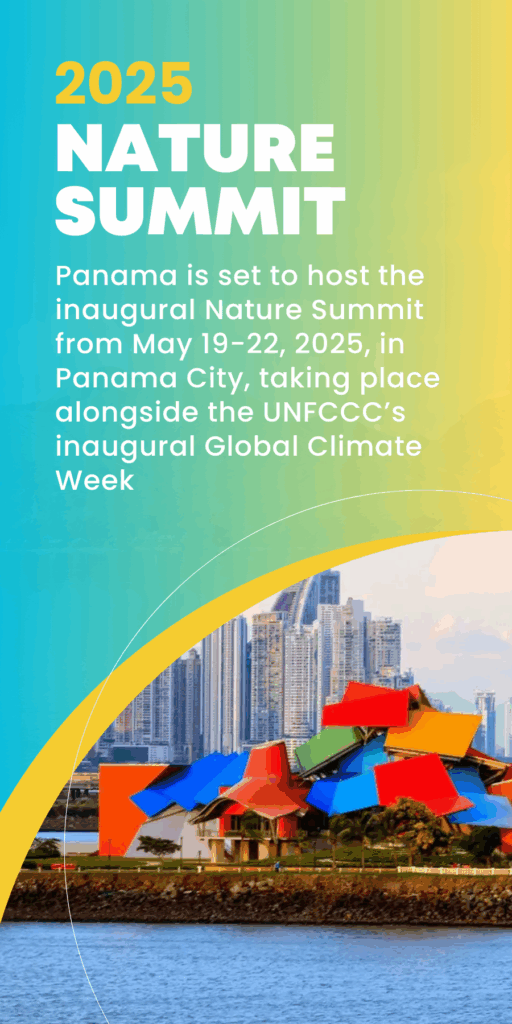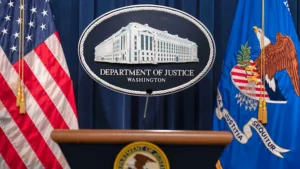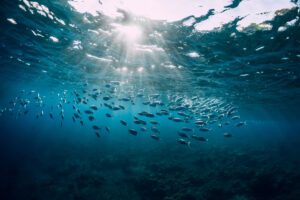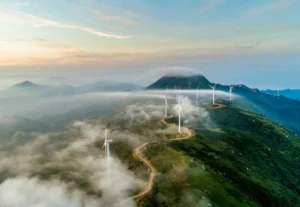The Sustainable Finance Working Group has drawn up a proposal to make access to the world’s four largest multilateral climate funds, the so-called ‘green funds,’ less bureaucratic, so that countries from the Global South can access funding for projects to combat the impacts of climate change.
One of the priorities of Brasil’s G20 presidency is to make it easier for countries from the Global South to access the four main multilateral funds that finance projects to curb the climate crisis. Together, the Green Climate Fund, the Climate Investment Funds, the Adaptation Fund and the Global Environment Facility have an investment portfolio of over 27 billion dollars.
Ivan Oliveira, Undersecretary for Financing Sustainable Development at Brasil’s Ministry of Finance (MF), pointed out that the criteria for access obey rules that exclude developing countries. Even Brasil, with the BNDES (National Development Bank), which is an institution with recognized project-building capacity, has difficulties.
Among the issues that restrict access are the type of governance; the way in which management boards are set up and, in some cases, the bureaucracy that results in delays between project presentation, approval and the allocation of resources for sustainability actions.
“Breaking down this bureaucracy, giving us easier access, faster accreditation and board approval, for example, is part of our agenda at the G20 and one of the main deliverables of the Sustainable Finance Working Group. It’s important that this money reaches the end and generates impact. That’s why this idea of facilitating access was placed as a critical point in our deliverables at the G20,” explained the economist.
Adriana Ramos, executive secretary of the Socio-Environmental Institute (ISA), pointed out that funding is one of the major bottlenecks in the implementation of international environmental treaties. Having resources available to finance the ecological transition is fundamental. “We need to ensure that green funds are fundamentally associated with really innovative investments and new technologies, better socio-environmental practices and projects by people from traditional communities, to ensure that the forest we have, which in Brasil’s case plays a role in the global context, continues to exist. We need to support these communities,” he emphasized.
Change the World - Subscribe Now
Facilitation needed
The Sustainable Finance working group of the G20 Finance Track, which under the Brazilian presidency of the G20 is coordinated by the Brazilian Ministry of Finance, identified the existence of more than 10 billion dollars in these funds that are unable to be invested or finance sustainable projects. Ivan explained that there are other funds with the same objective, but these four were chosen by the group because of the significant amount of resources they handle.
As an example of the potential of these funds to mobilize resources, Oliveira explains that in a recent round of investments, contributions to the GCF reached 13.9 billion dollars to finance 253 projects in 119 countries over the next four years. The estimate, according to the Brazilian secretary, is that together the funds will reach 25 billion dollars in the coming years, “which need to reach and generate impact in developing countries”.
“Facilitating access to these funds is critical. It connects with our need, well put forward in the Ecological Transformation Plan by Minister Haddad, and with Brasil’s foreign policy agenda under President Lula, which is for an agenda of solidarity and connection with the needs of developing countries,” said Oliveira.
At the G20, the WG also wants to bring to the discussion a “toolbox” for climate finance. This “toolbox” is made up of a combination of financial instruments; proposals to reduce bureaucracy in processes; good practices in climate finance; and an action plan to strengthen countries’ capacities to design projects and ultimately access green resources to mitigate the impacts of climate change and promote actions for sustainability.

Get to know the main Green Funds
Green Climate Fund (GCF)
Created in the early 2010s, it is the world’s largest climate fund and works to support developing countries in scaling up and achieving their ambitions for reducing greenhouse gas emissions and for alternatives that can mitigate the effects of climate change. The GCF has a portfolio of 13.9 billion dollars that finances climate action in more than 120 countries.
Climate Investment Funds (CIF)
They act as facilitators for planning smart actions for developing countries to tackle climate crises. The funds’ resources are also used to empower governments, civil society, indigenous peoples, the private sector and multilateral development banks to work together for large-scale, low-cost financial solutions to climate risks. The CIF has an investment portfolio of 7.5 billion dollars.
Since 2010, the fund has been financing actions to help vulnerable communities in developing countries adapt to climate change. With around 1.1 billion dollars allocated, it supports the planning and implementation of projects developed by states, according to their needs. It is largely financed by government and private donors, as well as by a 2% share of revenues from emission reduction certificates (CERs).
Global Environment Facility (GEF)
It is a group of funds that aim to tackle biodiversity loss, climate change, reducing pollution and crises in the health of the land and oceans. They support developing countries in identifying environmental priorities and adhering to international agreements on the subject. In the last investment cycle (2022 to 2026), it mobilized 5.33 billion dollars.
Related Article: 2024: A Milestone Year for Sustainability as Green Bonds Lead the Charge Towards $1 Trillion


